about
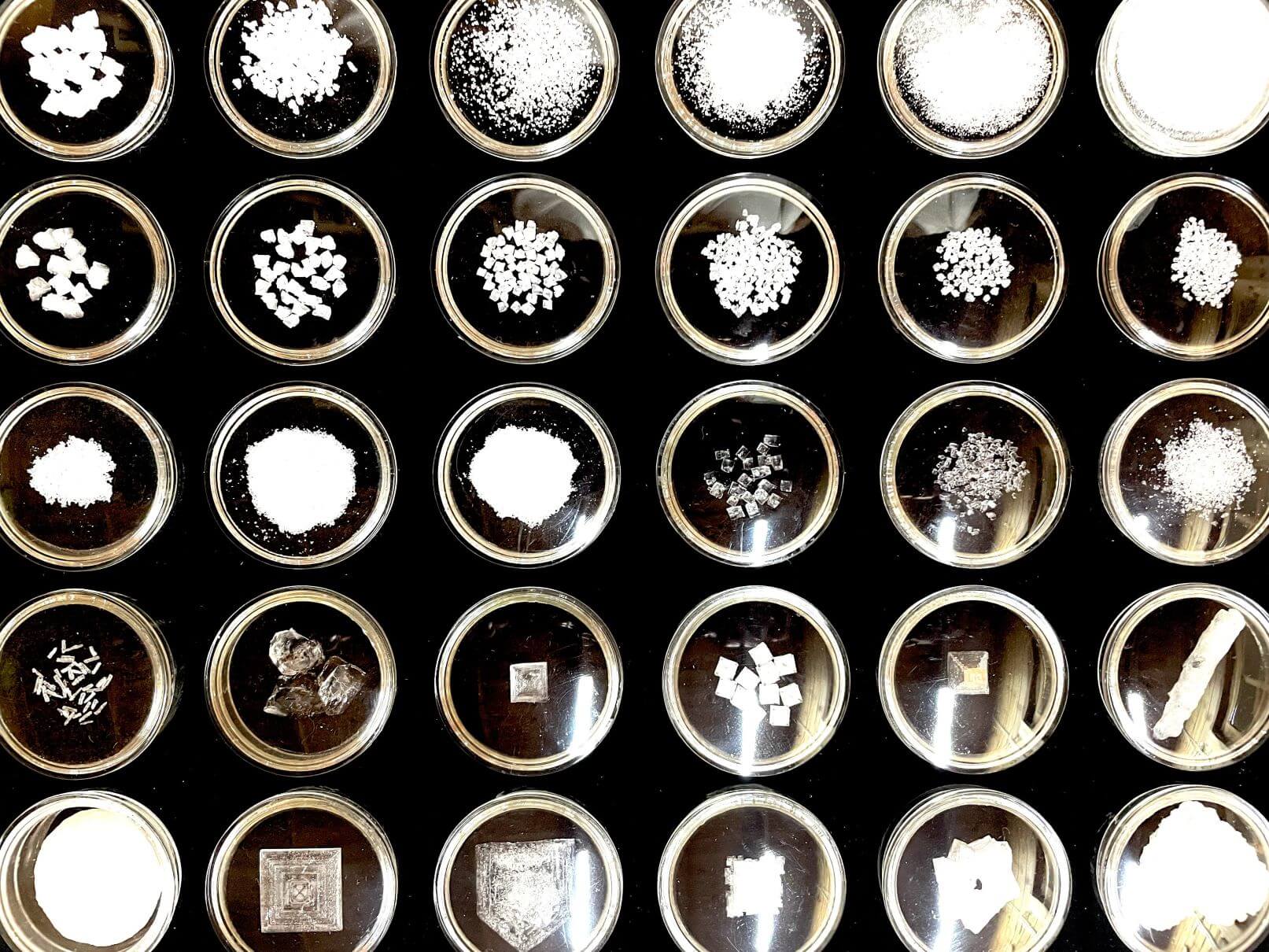
Philosophy
Ideal salt is a “bridge between the sea and people.”
Seawater contains about 90 minerals.As the word “blood tide” suggests, the balance of minerals in seawater is similar to that of the human body.
In spite of today’s affluent diet, mineral deficiencies are still evident, and in many cases, the diet is not even balanced in terms of minerals. Moreover, many minerals are very small in quantity, some of which are present in the human body in quantities of only 1/100 million or 1/10 million of a gram. Therefore, there is no way to check for the presence of deficient micronutrient minerals, nor is there any way to take supplements or other means to obtain the deficient amounts.
Salt that has been slowly concentrated from the sea without “damaging or destroying” it has a mineral balance similar to that of seawater.
At Tanoya Shiran, we aim to create “salt that bridges the gap between the sea and people” and “salt that maximizes the flavor of the ingredients.” The one we sell on the market is our most confident representative product.
Seawater Intake
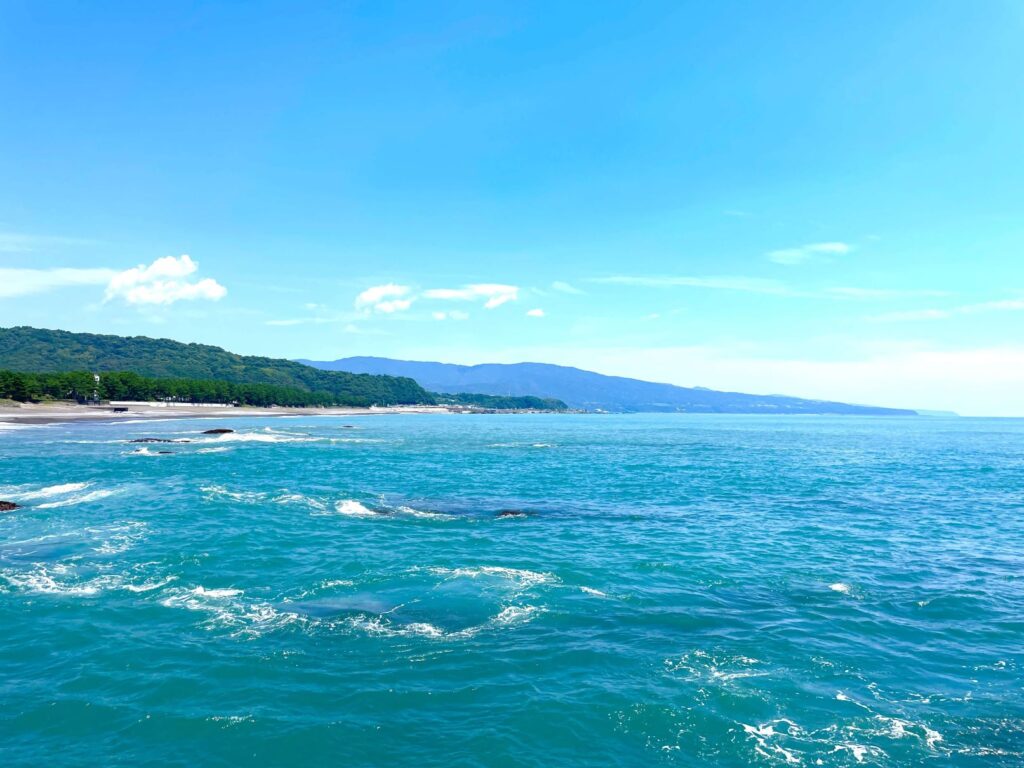
- Water taken from Tounohama, Yasuda-cho, Kochi Prefecture
- By taking in seawater at high tide, when life is most active, the salt takes in diatoms, fish and shellfish eggs, and other nutrients, adding depth to the salt’s flavor.
Nearby flows the Yasuda River, which is so clear that it has won the national grand prix at an ayu fish show. Because the population is small and there is no dam on the river, high-quality moss grows and ayu and other river fish are nurtured.
The sea is one of the richest in the country with a diverse ecosystem because of the large amount of minerals and organic matter from the mountains that flow into the sea through the river.
Filling the crystal house box with seawater
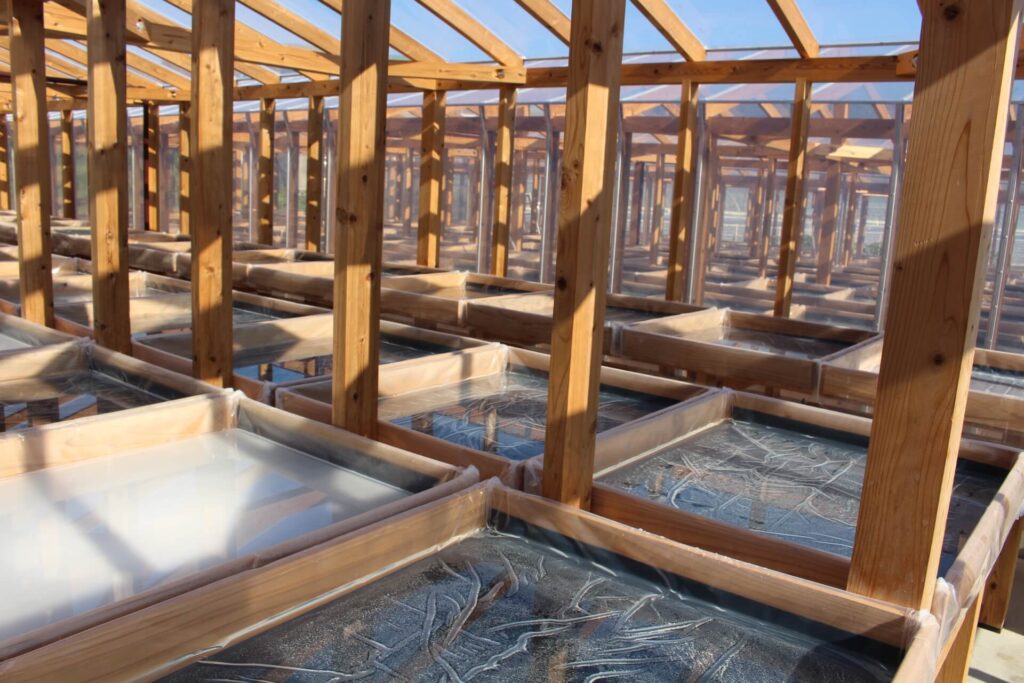
- Seawater is added daily according to the condition of the house, while monitoring the season, weather, hours of sunlight, temperature and humidity of the crystal house, and temperature of the seawater.
The crystal house is a very delicate environment, and differences in water temperature depending on the location of the boxes, fluctuations in the air, the moods of the craftsmen, and even marital relationships can all be reflected in the salt.
Grow every day 365 days a year.
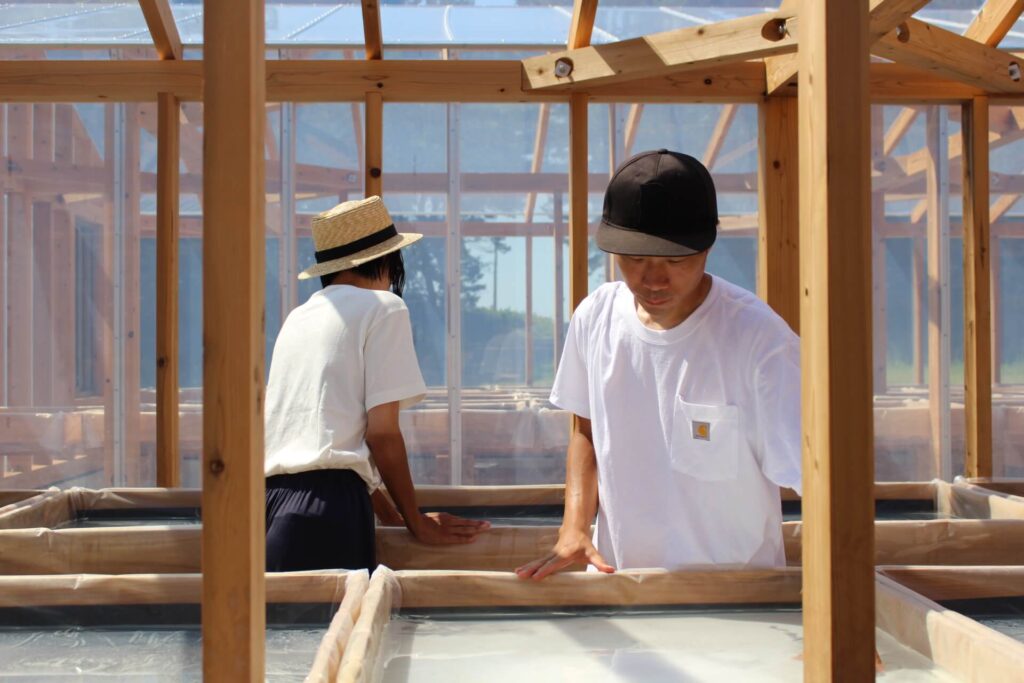
- We mix the salt every 1 to 2 hours 365 days a year. It takes 3 months in the summer and 6 months in the winter to slowly crystallize without “destroying or damaging” the minerals. There are 216 crystal boxes, and each box has its own world and its own characteristics.
- The complete sun-dried salt process is the most time-consuming and labor-intensive of all salt making methods. We also incorporate our original techniques that we developed during our three years of training. In pursuit of the other qualities we seek, we chose the method of consistently making salt indoors in a crystal house, “from seawater to salt crystallization”.
- In this way, we control “the taste of the salt, the shape and size of the crystals, and the mineral content. It takes more time and effort, but we are now able to produce the ideal salt.
Some salts do not require much time and effort, while others get into a bad mood every few hours and get out of control or suddenly lose their condition. We take great care of our salts, never letting them out of our sight, even for a moment.
Salt extraction, salt type
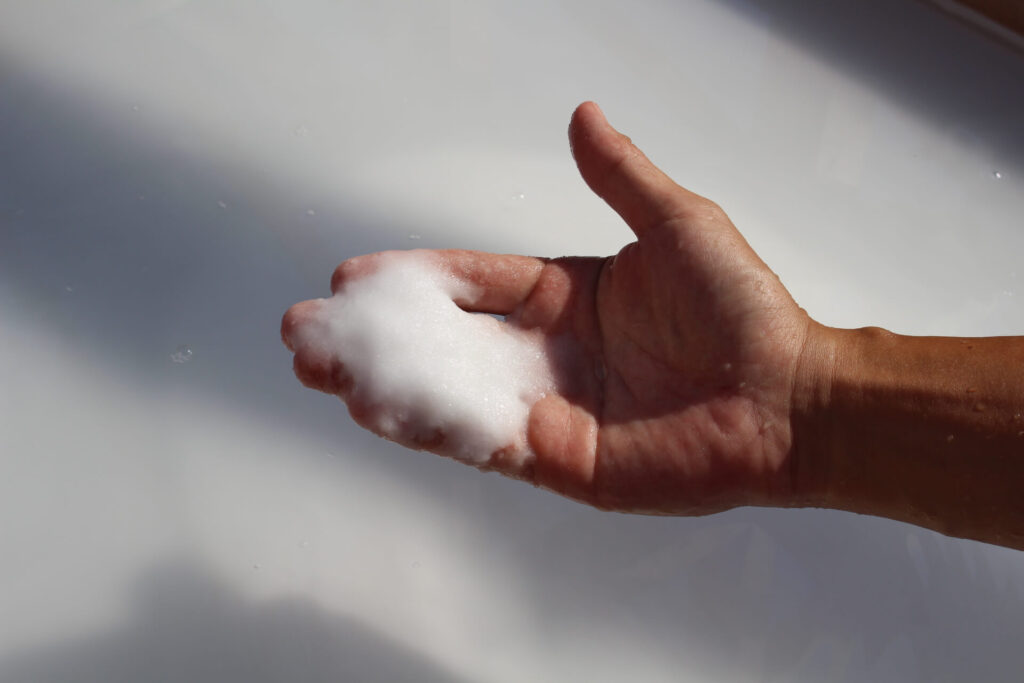
- Once the salt has reached an appropriate concentration, the “salt” and “bittern” are dehydrated and separated. The dehydration time is strictly controlled according to the flavor we want to produce, as it affects the taste of the salt greatly.
- Tanoya Shiran’s “bittern” is characterized by being completely transparent and clear.
- As for “bittern,” it can be used in a variety of dishes. Even in tofu making, “bittern” made from seawater is rare. In meat cooking, nigari’s main ingredient, magnesium, softens the meat. A few drops of bittern in other dishes such as soups, curries, stews, and simmered dishes will add depth to the ingredients.
The different types of salt are “sweet salt,” “bitter salt,” “sour salt,” “pyramid salt,” “salt with beautiful crystals,” ” icicle salt,” “round salt,” “cube salt,” “laborious salt that requires a lot of mixing,” ” stretchy and free salt,” “delicate salt that is sensitive to vibrations as strong as footsteps,” “quirky salt that is created by a special mineral balance”, “salt that looks a little bad after a rain,” “shy salt made secretly at night,” and so on.
Inspection and Shipping
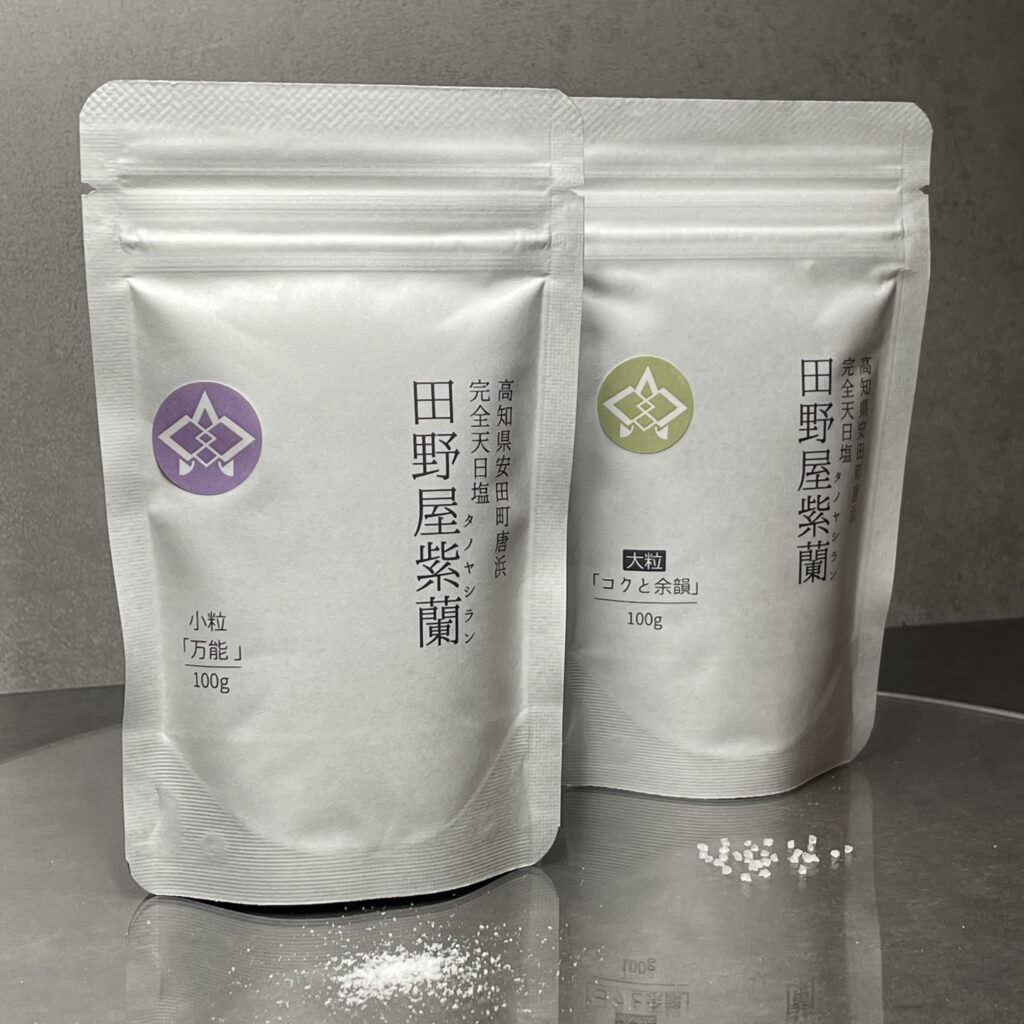
- We inspect and pack salt into bags.
- Only salt that we are confident in will be commercialized.
